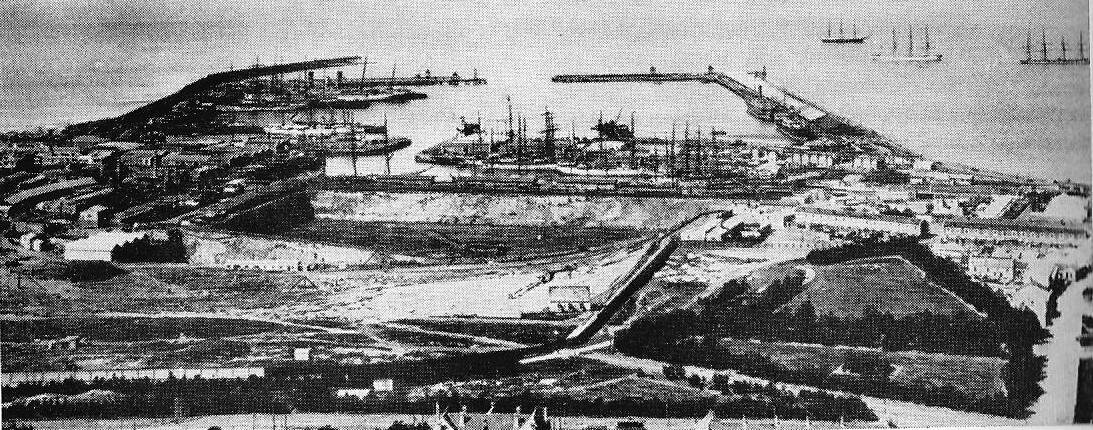
South African coastal waters have seen and still see interesting and unusual ships sailing into its harbours. An earlier visitor was the ship Gauss – named for the German mathematician, Karl Friedrich Gauss. It arrived in Table Bay on 23 November having left Kiel, Germany on August 11 1901. The ship departed from Cape Town on December 7, 1901.
This visit came about because the North and South poles were a great challenge to explorers of the 20th century and Erich Dagobert von Drygalski, Professor of Geography and Geophysics at the University of Berlin was about to take up this challenge. He had been given command of the German South Polar Expedition in 1898 and three years later, with 32 men aboard the Gauss, arrived in Cape Town. Of the 32 people mentioned, 22 were crew members, 5 were naval officers and 5 were scientists – including himself. It must be pointed out that the ship had been specially built for the expedition and was not a modified vessel.
Shortly after its arrival in Table Bay the Cape Town City Council held a banquet in the visitor’s honour, at the Mount Nelson Hotel. The guest list included the mayor and all the councillors, members of the legislative assembly, the diplomatic corps, business and academic professions. Everyone, in effect, who was involved in science, was interested in the Antartic or who moved in similar social circles.
When the Gauss sailed from Table Bay it made its way to Kerguelan Island from where the journey continued. On the 21 February 1902 land was sighted which von Drygalski named Kaiser Wilhelm 11 land. Shortly thereafter the ship became trapped in an opening between two ice ridges. By March 18th matters had improved so much so that an eight day sledging expedition was undertaken. It was at this stage that a hill on the route was named Gaussberg. An interesting detail of this expedition was when on 29 March 1902, the commander ascended to 480 meters in a large, tethered hydrogen balloon. He used a telephone to report what he observed to the ship. This was an exercise also carried out by another Antartic explorer, Robert Falcon Scott, during the Discovery expedition.
Spring saw the ship released from ice entrapment – mind you this did take a fair amount of time to complete. The Gauss sailed away from the area and on June 9 1903 it neared South Africa. Von Drygalski sent a request to the German authorities suggesting a further period in the Antartic. This was refused. The ship sailed home and reached Kiel on 23 November 1903.
Von Drygalski published, between 1905-1931, twenty volumes about the above expedition to the Antartic , retiring from the University of Munich in 1934.
